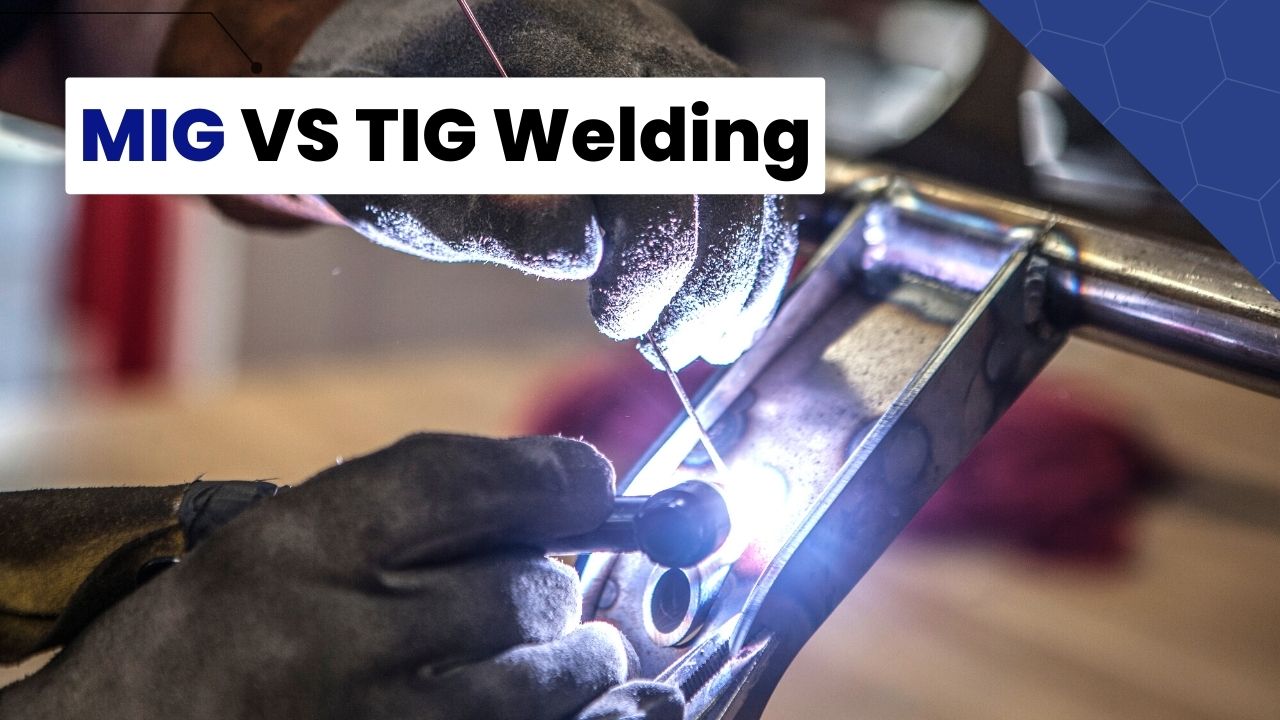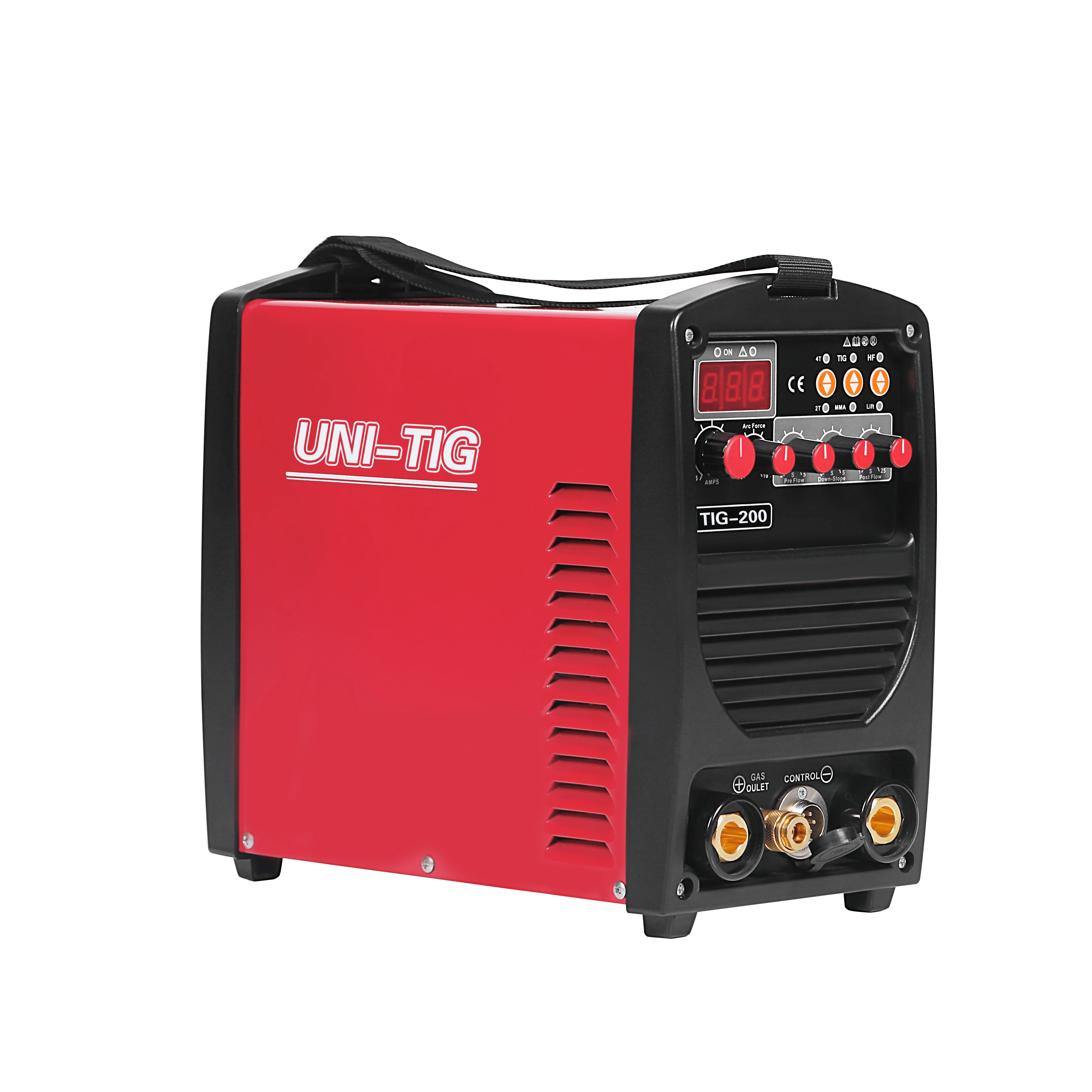Custom tig welding is a specialized metalworking technique that has become increasingly popular among manufacturers, hobbyists, and professionals alike. It allows for precise and high-quality welds, making it ideal for a wide range of applications. Whether you're working on automotive restoration, aerospace components, or intricate artistic designs, custom tig welding offers unmatched control and versatility. In this article, we will delve into the intricacies of this technique, exploring its benefits, applications, and best practices to help you achieve superior results.
As the demand for high-quality welds continues to rise, understanding the nuances of custom tig welding becomes crucial. This process involves using a non-consumable tungsten electrode to produce the weld, offering unparalleled precision and clean finishes. From selecting the right equipment to mastering advanced techniques, there are numerous factors to consider when embarking on a custom tig welding project.
In this comprehensive guide, we will cover everything you need to know about custom tig welding, from its basics to advanced tips and tricks. By the end of this article, you'll have a solid understanding of how to incorporate custom tig welding into your projects, ensuring professional-grade results every time.
Read also:Does Barron Trump Play A Musical Instrument Exploring His Musical Talents
Table of Contents
- Introduction to Custom Tig Welding
- Benefits of Custom Tig Welding
- Essential Equipment for Custom Tig Welding
- Mastering Custom Tig Welding Techniques
- Applications of Custom Tig Welding
- Safety Guidelines for Custom Tig Welding
- Common Issues and Troubleshooting
- Advantages Over Other Welding Methods
- Cost Considerations for Custom Tig Welding
- The Future of Custom Tig Welding
Introduction to Custom Tig Welding
Custom tig welding, also known as Tungsten Inert Gas welding, is a highly precise welding process that uses a tungsten electrode to produce the weld. This technique is favored for its ability to create clean, strong, and aesthetically pleasing welds. Unlike other welding methods, custom tig welding allows for greater control over the heat input and weld bead, making it ideal for delicate and intricate projects.
One of the key advantages of custom tig welding is its versatility. It can be used on a wide variety of metals, including stainless steel, aluminum, copper, and titanium. This makes it a popular choice for industries such as automotive, aerospace, and manufacturing, where precision and durability are paramount.
Why Choose Custom Tig Welding?
There are several reasons why professionals and enthusiasts opt for custom tig welding. Firstly, it provides superior weld quality with minimal distortion. Secondly, it allows for precise control over the welding process, enabling users to create intricate designs and complex shapes. Lastly, custom tig welding produces aesthetically pleasing results, making it ideal for both functional and decorative applications.
Benefits of Custom Tig Welding
Custom tig welding offers numerous benefits that set it apart from other welding methods. Below are some of the key advantages:
- Precision Control: The ability to control heat input and weld bead size ensures consistent and accurate results.
- Clean Finish: Custom tig welding produces minimal spatter and distortion, resulting in a clean and polished finish.
- Versatility: It can be used on a wide range of metals, making it suitable for various industries and applications.
- High-Quality Welds: The strong and durable welds produced by custom tig welding are ideal for critical applications.
Long-Term Benefits
In addition to its immediate advantages, custom tig welding also offers long-term benefits. The durability of the welds ensures that projects remain intact over time, reducing the need for repairs and replacements. Furthermore, the clean and professional appearance of custom tig welds enhances the overall aesthetic appeal of any project.
Essential Equipment for Custom Tig Welding
To get started with custom tig welding, you'll need the right equipment. Below is a list of essential tools and materials:
Read also:Understanding Ntsntr A Comprehensive Guide To Nontraditional Relationships
- Tig Welder: A high-quality tig welder with adjustable settings for different metals and thicknesses.
- Tungsten Electrode: Choose the appropriate type of tungsten electrode based on the metal you're working with.
- Inert Gas: Argon or helium gas is commonly used to shield the weld from contamination.
- Welding Torch: A durable and ergonomic welding torch ensures comfortable and precise welding.
Additional Tools
While the above items are essential, there are additional tools that can enhance your custom tig welding experience:
- Clamps and Fixtures: These help secure the workpiece in place, ensuring accurate welds.
- Grinder: Used for preparing the metal surface and cleaning the weld after completion.
- Safety Gear: Including welding helmets, gloves, and protective clothing to ensure your safety.
Mastering Custom Tig Welding Techniques
Mastering custom tig welding requires practice and patience. Below are some techniques to help you improve your skills:
1. Proper Setup
Before starting any welding project, ensure that your equipment is properly set up. This includes adjusting the amperage, gas flow, and tungsten electrode size to suit the material you're working with.
2. Welding Techniques
Experiment with different welding techniques to achieve the desired results. For example, the push technique is ideal for thin materials, while the drag technique works better for thicker metals.
Applications of Custom Tig Welding
Custom tig welding has a wide range of applications across various industries. Below are some common uses:
- Aerospace: Used for welding critical components in aircraft and spacecraft.
- Automotive: Ideal for restoring classic cars and building custom parts.
- Artistic Design: Perfect for creating intricate sculptures and decorative metalwork.
- Manufacturing: Used in the production of precision machinery and equipment.
Emerging Applications
As technology advances, new applications for custom tig welding continue to emerge. For example, it is increasingly being used in the renewable energy sector for welding solar panels and wind turbines.
Safety Guidelines for Custom Tig Welding
Safety should always be a top priority when working with custom tig welding. Follow these guidelines to ensure a safe working environment:
- Wear Protective Gear: Always wear a welding helmet, gloves, and protective clothing to shield yourself from harmful UV rays and sparks.
- Ventilation: Ensure proper ventilation in your workspace to prevent inhaling harmful fumes.
- Inspect Equipment: Regularly check your equipment for any signs of wear or damage.
Emergency Procedures
In case of an accident, it's important to have emergency procedures in place. This includes knowing the location of fire extinguishers and first aid kits, as well as having emergency contact numbers readily available.
Common Issues and Troubleshooting
Even experienced welders encounter issues from time to time. Below are some common problems and solutions:
- Porosity: Caused by contamination of the weld area. Solution: Clean the metal surface thoroughly before welding.
- Cracking: Often due to excessive heat input. Solution: Adjust the amperage settings to reduce heat.
- Warping: Results from uneven heat distribution. Solution: Use clamps and fixtures to hold the metal in place.
Advanced Troubleshooting
For more complex issues, consult the manufacturer's manual or seek advice from a professional welder. Continuous learning and improvement are key to mastering custom tig welding.
Advantages Over Other Welding Methods
Custom tig welding offers several advantages over other welding methods:
- Precision: Greater control over the welding process for accurate results.
- Cleanliness: Minimal spatter and distortion for a professional finish.
- Versatility: Suitable for a wide range of metals and applications.
Comparison with Other Methods
While other welding methods, such as MIG or stick welding, may be faster or more cost-effective, they often lack the precision and quality of custom tig welding. For projects where aesthetics and durability are crucial, custom tig welding remains the preferred choice.
Cost Considerations for Custom Tig Welding
Custom tig welding can be a significant investment, but the long-term benefits often outweigh the initial costs. Below are some factors to consider:
- Equipment Costs: High-quality tig welders and accessories can be expensive, but they ensure superior results.
- Material Costs: The cost of metals and inert gases should also be factored into your budget.
- Training Costs: Investing in proper training can improve your skills and reduce the likelihood of costly mistakes.
Return on Investment
Despite the upfront costs, custom tig welding can provide a strong return on investment. The durability and aesthetic appeal of the welds can enhance the value of your projects, making it a worthwhile investment for both professionals and hobbyists.
The Future of Custom Tig Welding
As technology continues to evolve, so does the field of custom tig welding. Innovations in equipment and materials are making it easier and more efficient than ever before. From automated welding systems to advanced materials, the future of custom tig welding looks promising.
Furthermore, the growing demand for sustainable and eco-friendly practices is driving the development of new techniques and technologies in the welding industry. Custom tig welding is well-positioned to play a key role in this transition, offering solutions that are both efficient and environmentally friendly.
Conclusion
In conclusion, custom tig welding is a versatile and precise welding technique that offers numerous benefits for a wide range of applications. By understanding its principles, mastering the techniques, and adhering to safety guidelines, you can achieve superior results in your metalworking projects. We encourage you to share your thoughts and experiences in the comments section below, and don't forget to explore our other articles for more insights into the world of welding.


